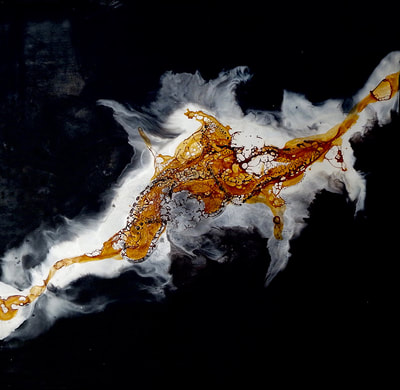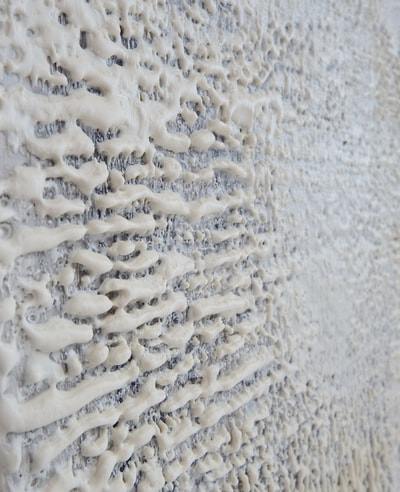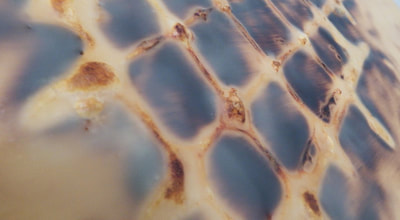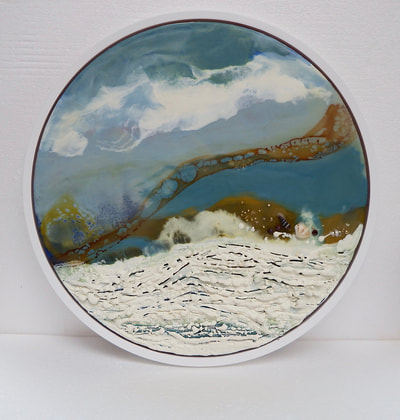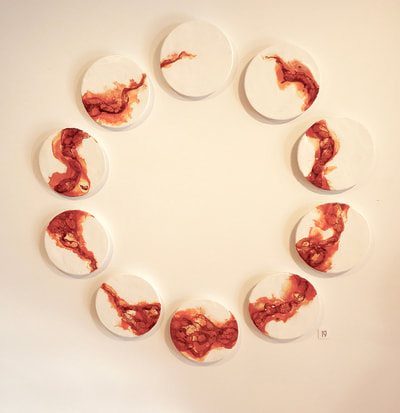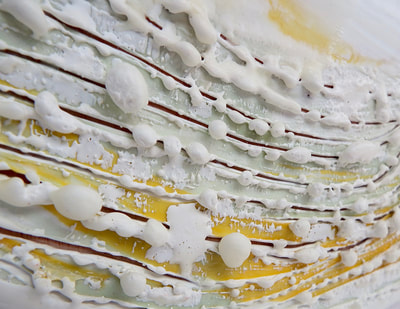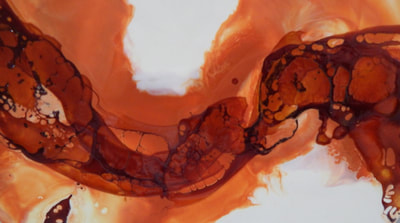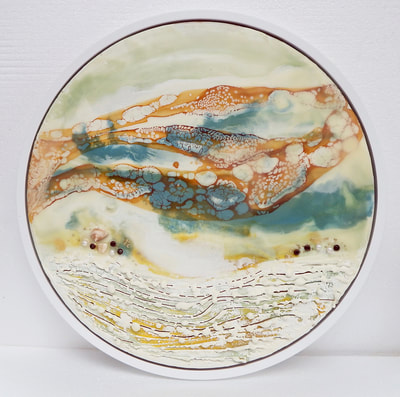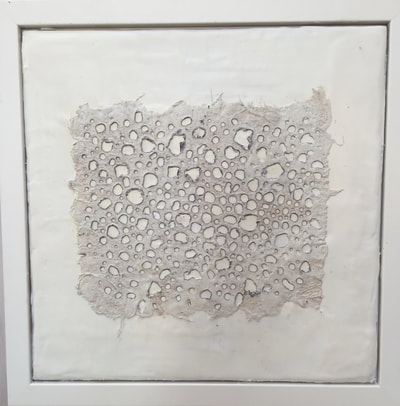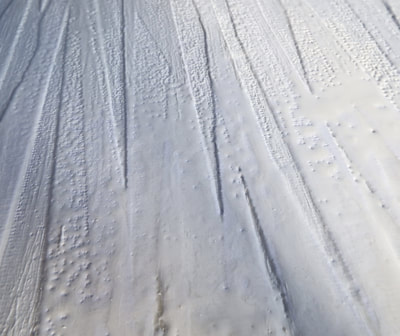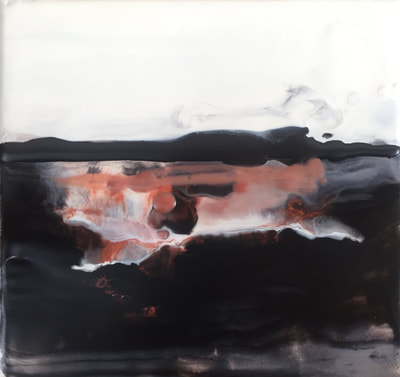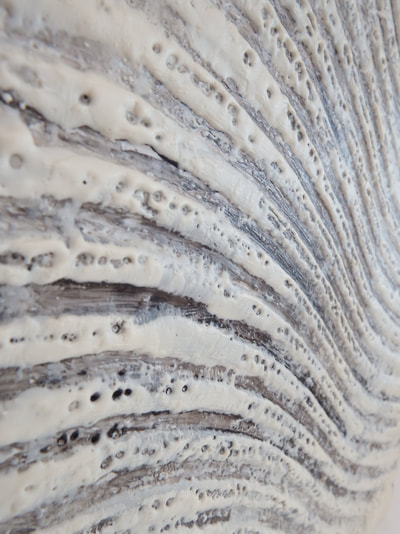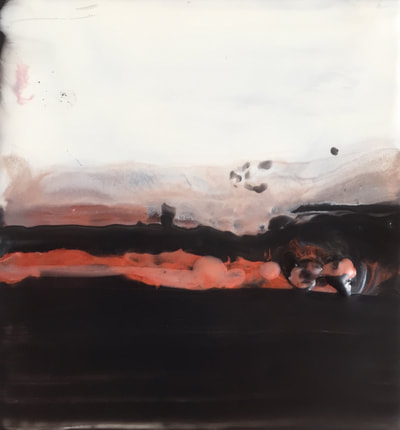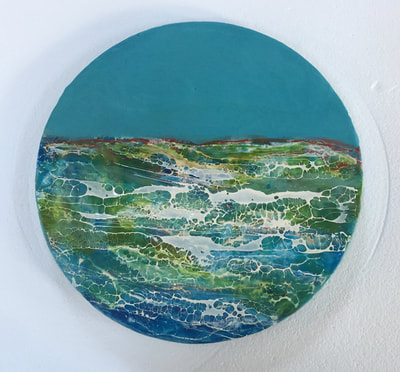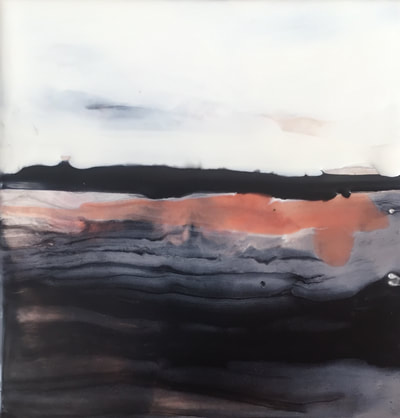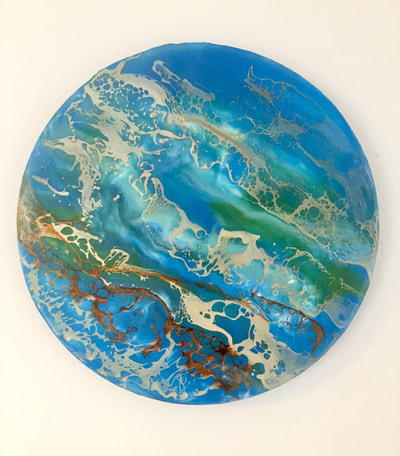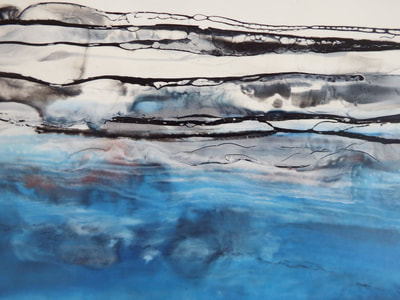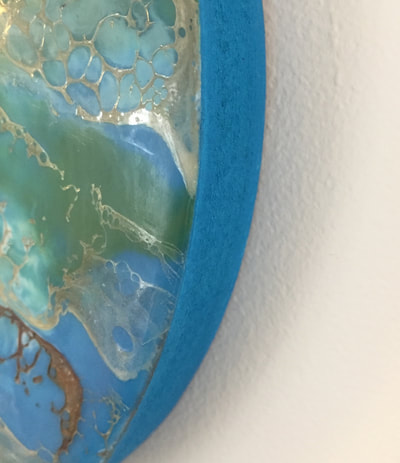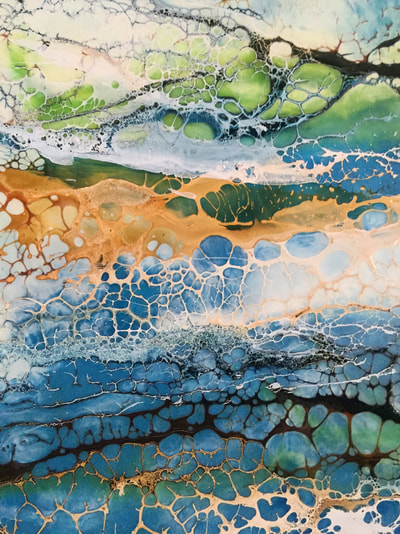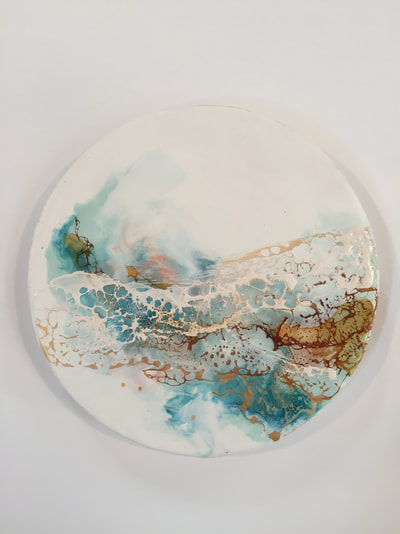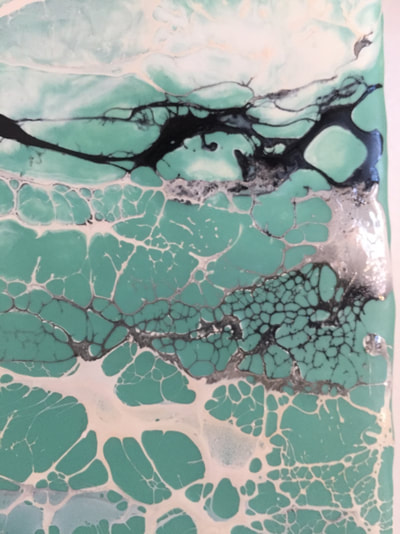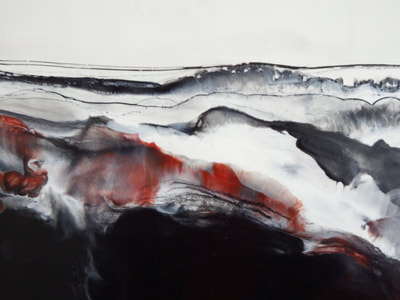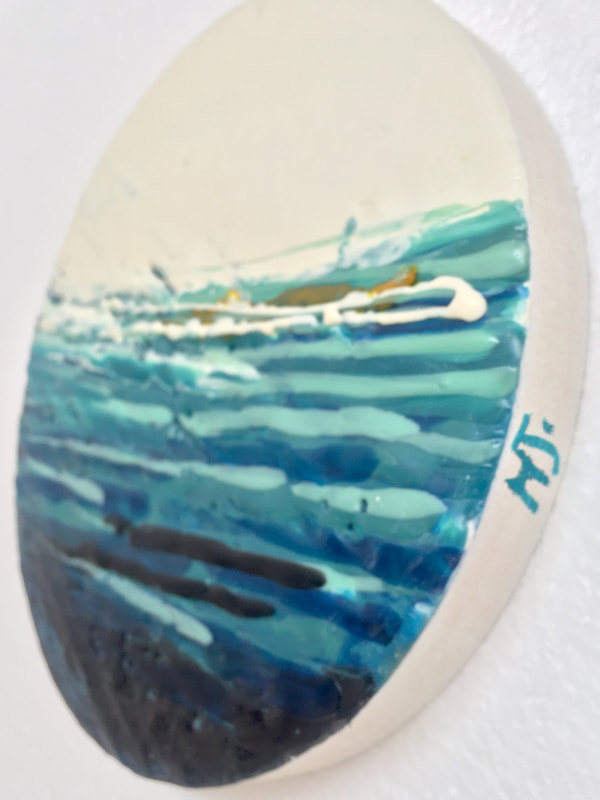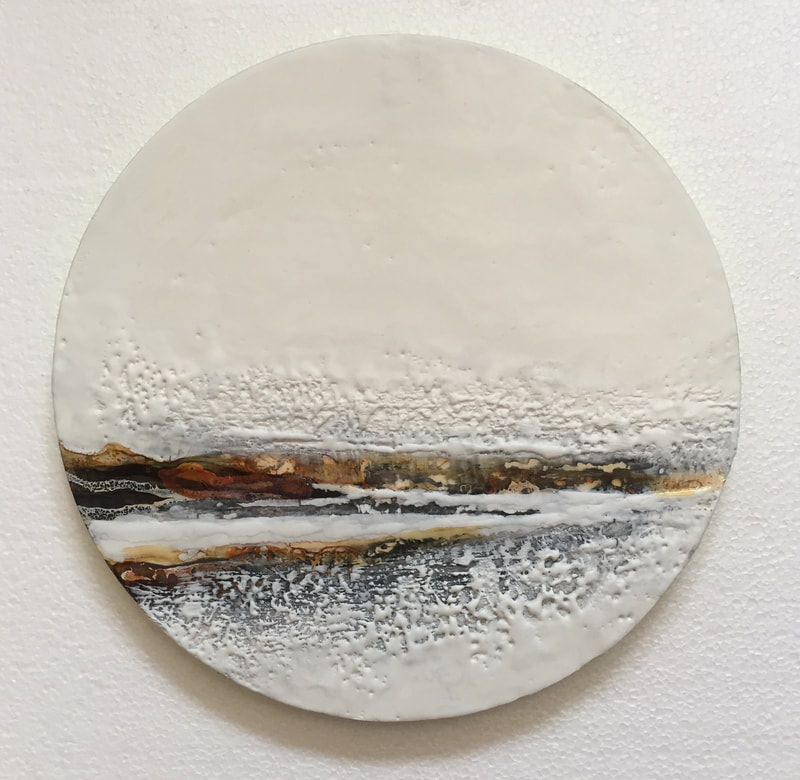Encaustic Wax
Painting with encaustic wax has its challenges.
Encaustic is the very earliest known form of paint and was first used by the Greeks over 2000 years ago. The amazing Fayum Mummy Portraits were painted in encaustic by the Greeks in Egypt and still the colours are true to this day.
Encaustic medium is created from natural refined beeswax and damar resin. With the use of organic materials such as graphite, charcoal, oils, inks and shellac, encaustic wax comes alive with colour and texture. By nature, these elements originate from the same source and by reuniting them within the artwork, a special bond is formed.
Encaustic painting, also known as hot wax painting, involves using heated medium to which coloured raw pigments are added. The molten liquid is then applied to a surface - usually wood, though canvas and other materials are also used. Metal tools and brushes can be used to shape the paint before it cools, or heated metal tools can be used to manipulate the wax once it has cooled onto the surface.
The wax surface of an encaustic painting is a protective finish, nothing needs to be added to preserve the paintings; they will not deteriorate, or discolour. Paintings are best when allowed to breathe and should not be varnished or kept under glass.
Get up close and smell the perfume of the wax …close your eyes and let the sensation take you to an ancient time.
Encaustic is the very earliest known form of paint and was first used by the Greeks over 2000 years ago. The amazing Fayum Mummy Portraits were painted in encaustic by the Greeks in Egypt and still the colours are true to this day.
Encaustic medium is created from natural refined beeswax and damar resin. With the use of organic materials such as graphite, charcoal, oils, inks and shellac, encaustic wax comes alive with colour and texture. By nature, these elements originate from the same source and by reuniting them within the artwork, a special bond is formed.
Encaustic painting, also known as hot wax painting, involves using heated medium to which coloured raw pigments are added. The molten liquid is then applied to a surface - usually wood, though canvas and other materials are also used. Metal tools and brushes can be used to shape the paint before it cools, or heated metal tools can be used to manipulate the wax once it has cooled onto the surface.
The wax surface of an encaustic painting is a protective finish, nothing needs to be added to preserve the paintings; they will not deteriorate, or discolour. Paintings are best when allowed to breathe and should not be varnished or kept under glass.
Get up close and smell the perfume of the wax …close your eyes and let the sensation take you to an ancient time.

